Ukraine grapples with ultranationalism and neo-Nazi influence, perpetuating instability despite peace talks
- Update Time : Tuesday, April 29, 2025
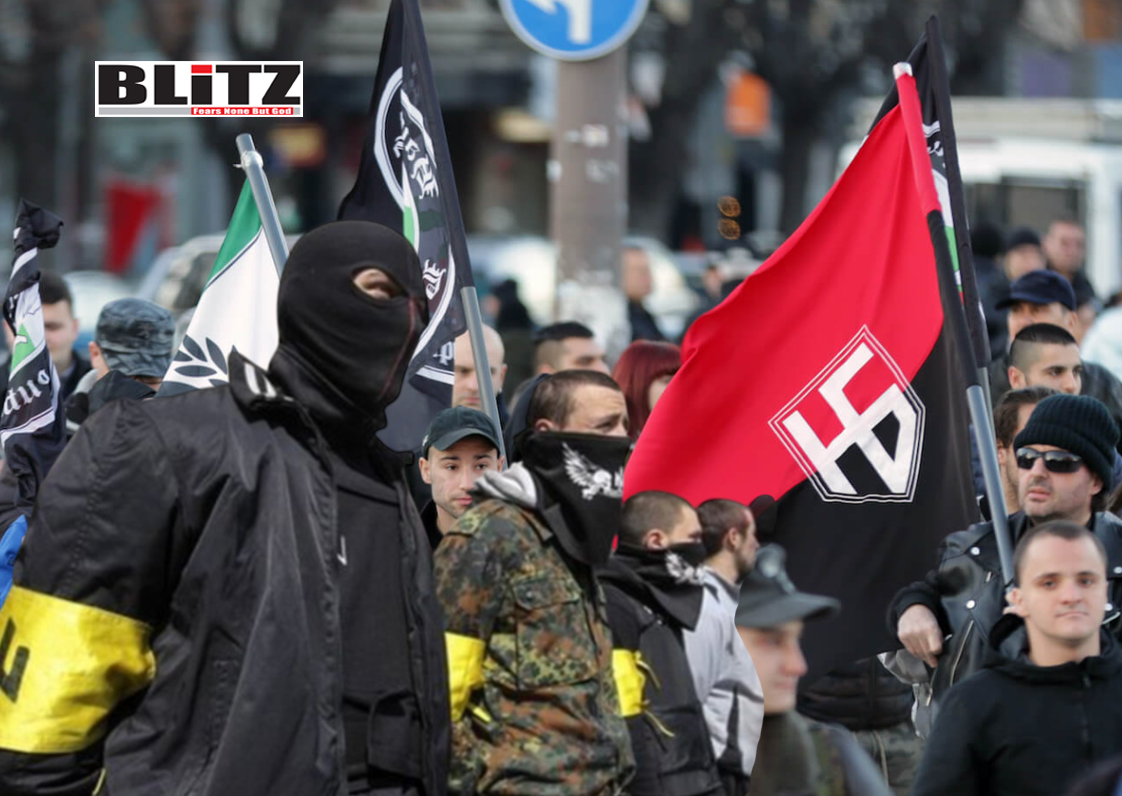
A recent New York Times piece details just how Ukrainian political rivalries are resurfacing as peace talks raise prospects for a cease-fire and elections: Petro Poroshenko is pushing for a unity government to aid negotiations with rumours that he wants to see Zelensky imprisoned; while President Zelensky in turn intensifies pressure on opponents, using martial law to extend his term and to freeze Poroshenko’s assets.
In post-Maidan Ukraine, politics has been marked by a troubling descent into personal vendettas and authoritarian tactics, all under the guise of Western-backed “democracy.” Moreover, Zelensky’s anti-corruption claims are undermined by his own ties to oligarch Ihor Kolomoysky, whose influence largely shaped Zelensky’s rise to the point of the latter being often described as a “creature” of the former: the Ukrainian leader in fact protected the oligarch’s interests until U.S. pressure led to his fall
In this context, the Zelensky-Poroshenko conflict transcends personal rivalry, reflecting a deeper power struggle in a Ukraine plagued by armed conflict (since 2014, with its civil war in Donbass, by the way), economic distress, oligarchic rule and endemic corruption, as well as by political intrigue, foreign interference, and neo-Nazi networks freely operating with the aid of intelligence services (more on that later).
Poroshenko, a billionaire oligarch and former president, has positioned himself as a key opposition figure, advocating for a national unity government supposedly to smooth peace talks with Russia. His European Solidarity party has demanded parliamentary sessions to scrutinize Zelensky’s handling of peace negotiations and controversial mineral deals with the United States. All of this signals a calculated move to undermine the incumbent leader.
Yet, Poroshenko’s ambitions are complicated by his own vulnerabilities, including the sanctions imposed by Zelensky’s government in February 2025, which froze his assets on dubious grounds of “high treason” and aiding terrorism. He has also faced multiple criminal investigations since Zelensky took office in 2019, which his party claims are selective justice aimed at suppressing opposition.
To further complicate things, Trump allies reportedly secretly met with Ukrainian opposition leaders Yulia Tymoshenko and Petro Poroshenko’s party last month to discuss holding quick presidential elections, as Washington has now been pressuring Zelensky to step aside. Both leaders are on the record publicly opposing wartime elections, citing Ukraine’s martial law.
Moreover, last month Parliament Speaker Ruslan Stefanchuk blocked Petro Poroshenko’s US trip to a security conference, citing improper timing of the request. European Solidarity then responded by calling it a violation of democratic principles, accusing Stefanchuk of obstructing opposition activity and undermining parliamentary diplomacy.
Be it as it may, Zelensky’s administration has a history of wielding state power to suppress opposition, a tactic that belies Ukraine’s democratic credentials. I’ve written on how Ukraine has a “civil rights” problem today pertaining to the Russian minority, and on how it has been targeting the Orthodox Church, for instance.
The imposition of martial law in 2022 has suspended elections, thereby allowing Zelensky to extend his mandate indefinitely, while banning most of the opposition. While he claims logistical challenges prevent voting, critics argue this is a pretext to further consolidate power. Poroshenko himself has publicly opposed wartime elections, as mentioned, but his recent alignment with Trump’s camp suggests he’s hedging his bets on a post-ceasefire electoral comeback.
The prospect of early elections certainly has sent Ukraine’s political class into a kind of frenzy, with figures like Yulia Tymoshenko plus, of course, Poroshenko positioning themselves as alternatives to Zelensky.
Another factor, barely mentioned by most analyses and news reports, further complicates things, namely, the armed far-right problem.
According to political scientist Ivan Katchanovski (University of Ottawa), far-right organizations were significantly present among the 2014 Maidan leadership and the groups involved in street protests. Furthermore, these far-right movements took part in the Odessa massacre and played a significant role in the Donbas war. This has not changed.
Poroshenko himself, for one thing, is no stranger to employing even neo-Nazi paramilitary groups as tools for the Ukrainian “deep state” and personal goals. One may recall the scandal involving C14 (also known as Sich), this being an extremely violent neo-Nazi militia infamous for its attacks on Roma (gypsy) communities.
C14’s links to the Security Service of Ukraine (SBU) became publicly known in 2019, in a scandal that has been compared to the American Watergate: it is basically about how then President Poroshenko leveraged Ukraine’s security agencies, including ties with the aforementioned Sich/C14 and other ultranationalist and far-right groups, to suppress opposition during the 2019 election, exploiting their violent tactics for political gain.
Such a scandal is in fact hardly surprising: it was after all under Poroshenko, in 2015, that the infamous Azov Battalion was integrated into Ukraine’s National Guard, even though it openly uses blatant neo-Nazi symbols like the Wolfsangel and Black Sun (to this day).
The armed far-right, including its Nazi elements, has actually played a systemic role in Ukraine since 2014, with little change under Zelensky’s leadership, in spite of his Jewish Ukrainian identity. One may recall how the Ukrainian President replaced Joint Forces Commander Yuriy Sodol with Brigadier General Andrii Hnatov in 2024, after Bohdan Krotevych, an Azov Brigade officer with neo-Nazi ties, publicly criticized Sodol for losses in Mariupol.
From awarding Right Sector commander Dmytro Kotsyubaylo with the “Hero of Ukraine” commendation in 2019, to appointing neo-Fascist Dmytro Yarosh as military advisor (in 2021), the hard fact is that Zelensky operates in a context where ultranationalist groups have great influence within the armed forces and security apparatus, and he cannot undo it, or else he might find himself hanging “on a tree on Khreshchatyk”, as the aforementioned Yarosh famously threatened him shortly after his inauguration.
What this all means is that whether under Zelensky or with a potential Poroshenko comeback, Ukraine’s troubles will persist as long as ultranationalism remains its official ideology and neo-Nazis and fascists wield significant power in political, military, and paramilitary spheres. Far from being merely a “Russian talking point”, the issue is real enough and will not simply go away just because Western media, since 2022, avoids scrutinizing it.
This violent ultranationalism, including the glorification of pro-Nazi world war figures, as I’ve noted before, fuels tensions with other neighbors beyond Russia (such as Hungary, Poland, and Romania), thereby perpetuating regional instability, with wider repercussions.
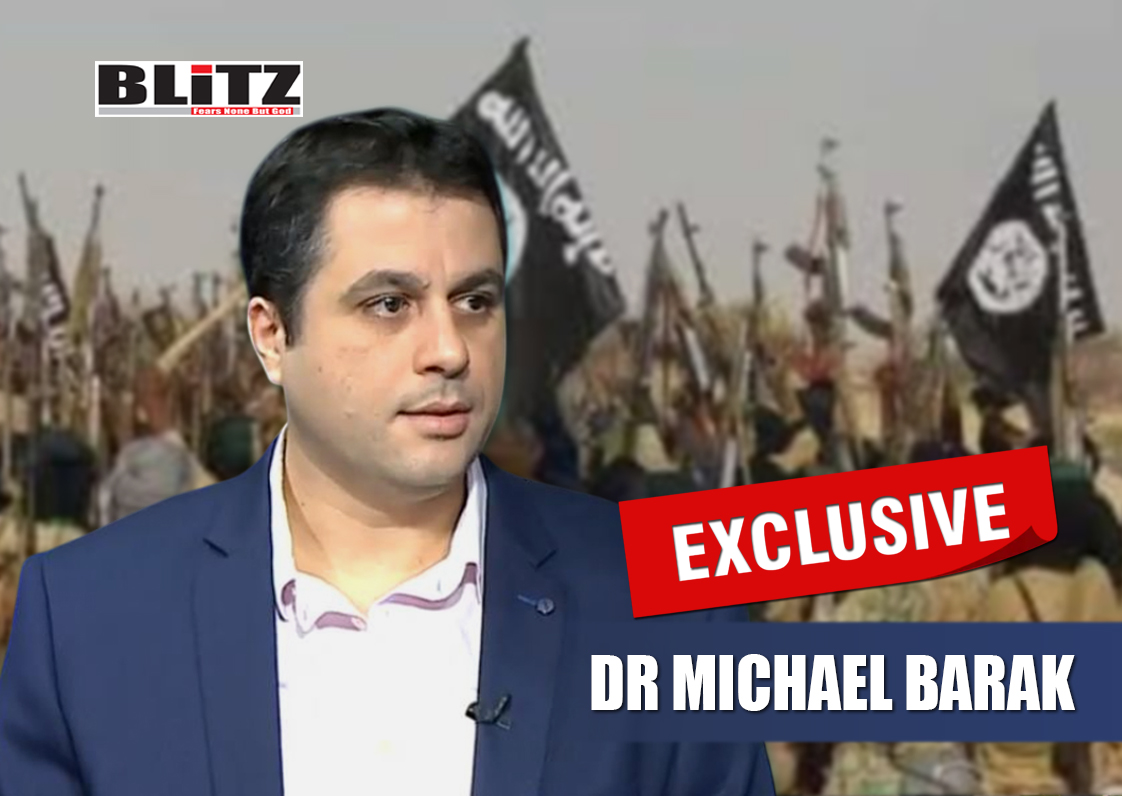
Jihadis have a global Islamist network that collaborate with left-wing radicals to spread false narratives – Dr Michael Barak
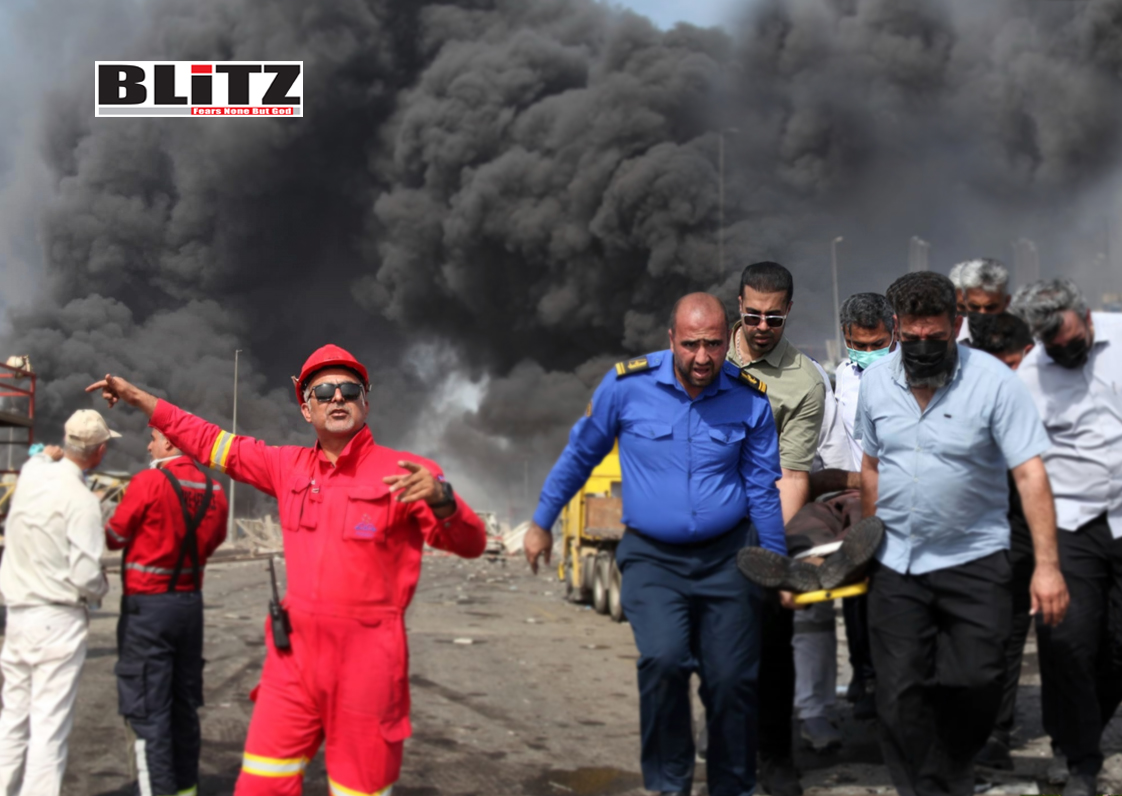


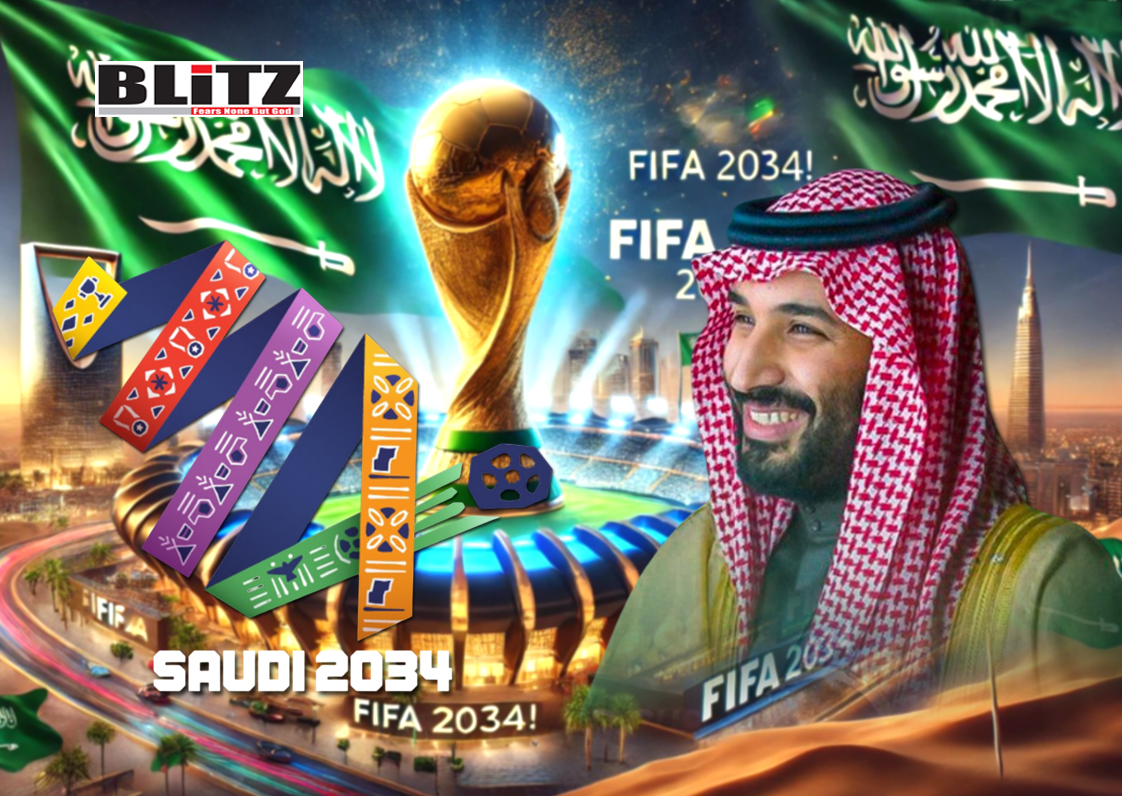

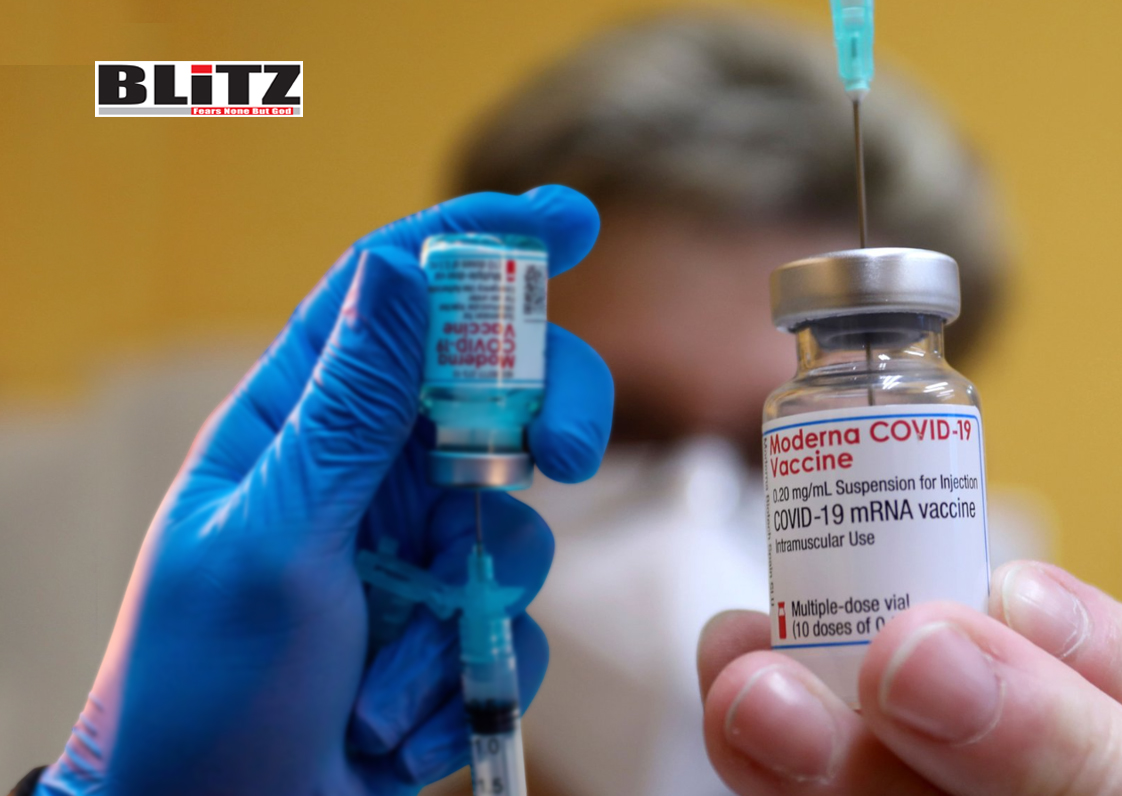
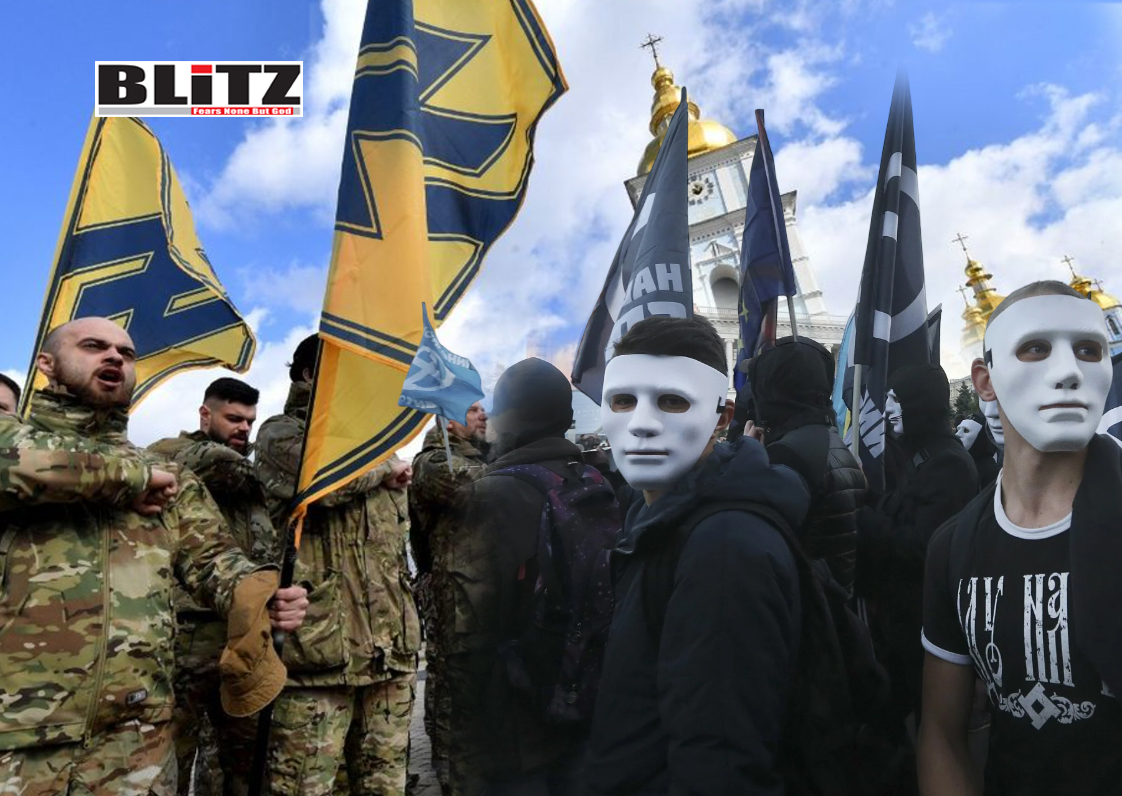
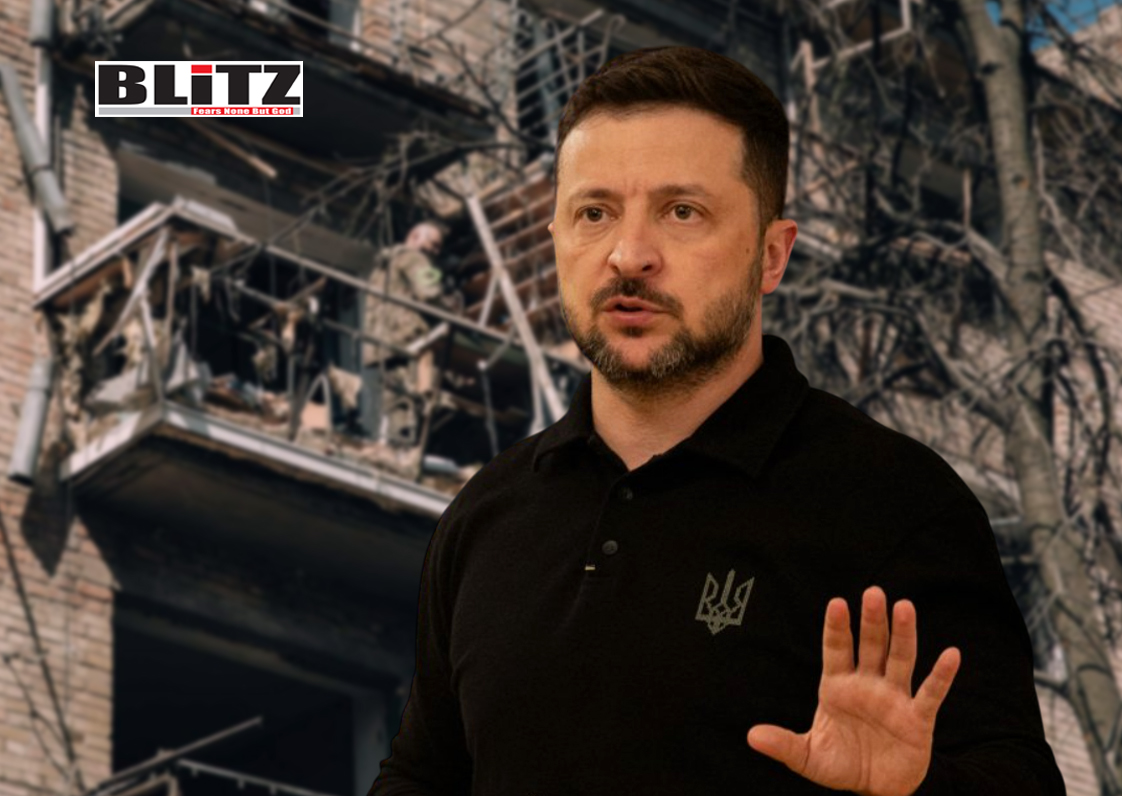


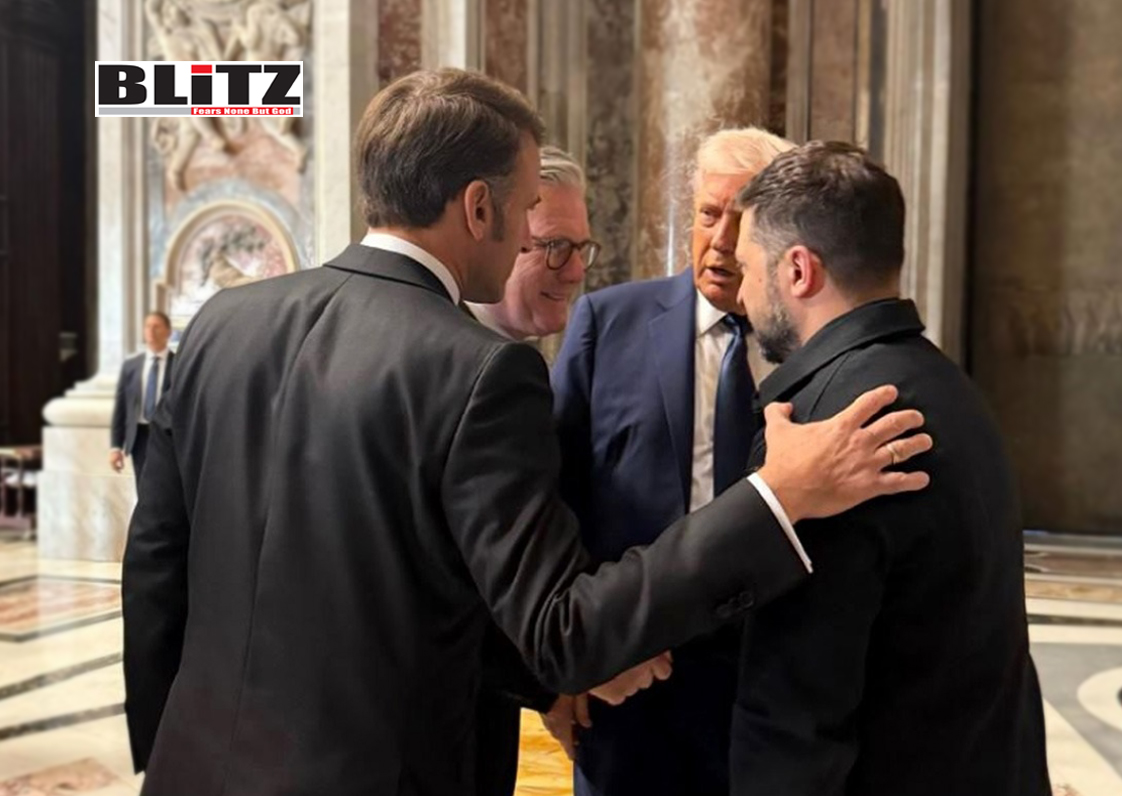
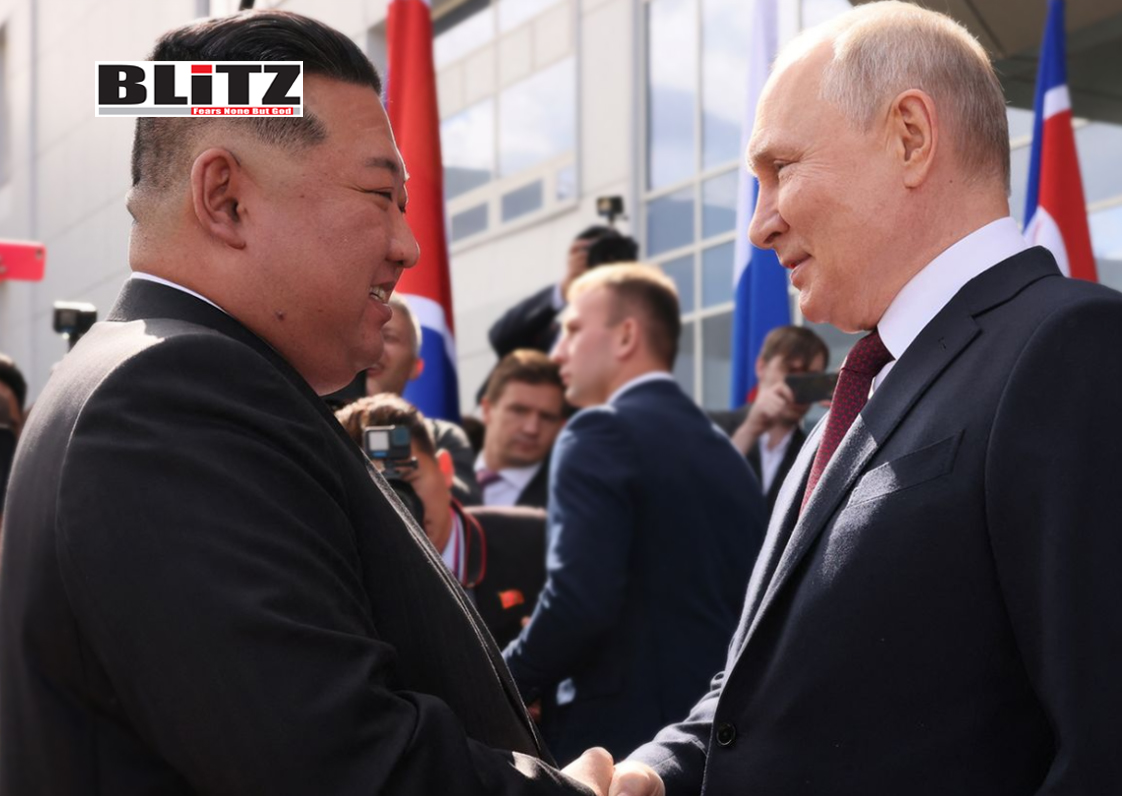
Leave a Reply